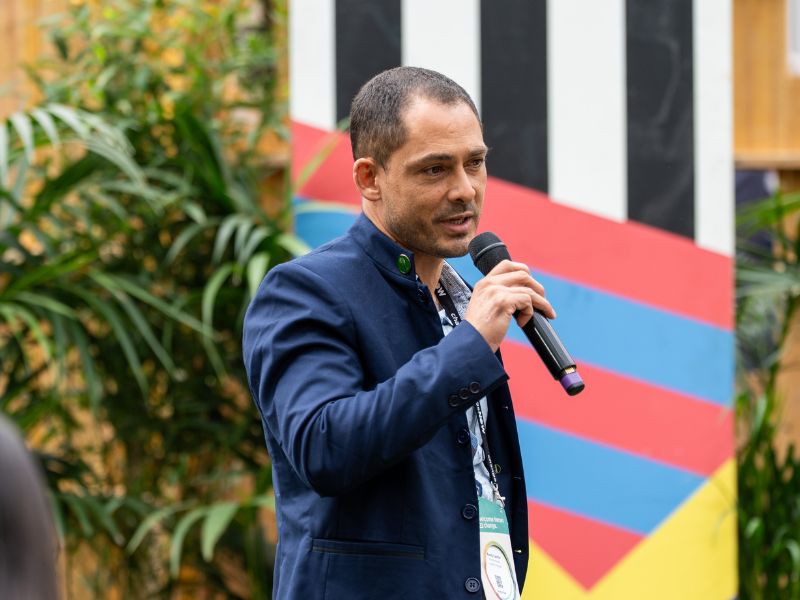The field of third-party reproduction, particularly surrogacy, represents one of the most profound collaborations in modern medicine, bringing together intended parents, gestational carriers, medical professionals, and legal experts to create new life. While the primary focus has rightly been on the healthy pregnancy and birth of a much-desired child, a parallel revolution in regenerative medicine is prompting a crucial conversation about what happens after the birth. The biological products of a healthy delivery—the umbilical cord blood and the placental tissue itself—are no longer seen as mere medical waste but as invaluable biological resources with the potential to shape the future of healthcare for the resulting child and beyond.
For healthcare providers and fertility clinics guiding intended parents through the surrogacy journey, integrating education on the collection and banking of these tissues is rapidly evolving from an optional add-on to a standard of comprehensive care. This process represents a unique, non-invasive opportunity to secure a powerful biological insurance policy at the moment of birth, an opportunity that, once passed, is lost forever.
The Dual Lifelines: Understanding Hematopoietic and Mesenchymal Stem Cells
The value of these tissues lies in their rich and diverse populations of stem cells, each with distinct properties and clinical potentials.
- Umbilical Cord Blood: The Established Lifeline
Umbilical cord blood is a well-established source of hematopoietic stem cells (HSCs). These are the foundational cells responsible for generating all the components of the blood and immune system.
- Clinical Applications Today: For decades, HSCs from cord blood have been used in life-saving transplant protocols to treat over 80 malignant and genetic diseases, including leukemias, lymphomas, sickle cell anemia, thalassemia, and severe combined immunodeficiency (SCID). Their use is a standard of care in pediatric hematology and oncology.
- The Regenerative Horizon: Research is aggressively expanding the potential of cord blood HSCs. Clinical trials are investigating the efficacy of these cells in treating neurological conditions such as cerebral palsy and autism spectrum disorder, where it is believed they may help modulate inflammation and promote repair in the central nervous system. Similarly, research into type 1 diabetes and other autoimmune conditions is showing promise, aiming to reset the dysfunctional immune response.
- Placental and Cord Tissue: The Frontier of Regeneration
While cord blood is prized for its HSCs, the actual tissue of the umbilical cord and the placenta is a vibrant source of a different type of cell: mesenchymal stem cells (MSCs).
- Multipotent Powerhouses: MSCs possess the remarkable ability to differentiate into various cell types, including bone, cartilage, muscle, fat, and even nerve cells. However, their primary mechanism of action in therapies is not necessarily to become these cells but to serve as “paramedics” at the site of injury. They secrete bioactive factors that modulate the immune system, reduce damaging inflammation, inhibit cell death, and stimulate the body’s native cells to regenerate.
- Broad Therapeutic Potential: This ability makes MSCs the subject of hundreds of clinical trials for conditions that have historically been untreatable. They are being explored for repairing heart tissue after myocardial infarction, treating autoimmune disorders like Crohn’s disease and multiple sclerosis, healing sports injuries and osteoarthritis, and even generating engineered tissues for transplantation.
The Surrogacy Context: A Unique and Time-Sensitive Decision
For intended parents working with a surrogate, the decision to bank these tissues requires forethought, communication, and coordination that must be integrated into the birth plan long before delivery day.
Non-Invasive and Ethical Collection: A paramount advantage is that collecting both cord blood and cord/placental tissue is an entirely safe and non-invasive process for both the newborn and the surrogate. It occurs after the cord has been clamped and cut, and the placenta is delivered—stages that are entirely separate from the birthing process. Furthermore, because these tissues are sourced from the afterbirth, which would otherwise be discarded, their use presents none of the ethical controversies associated with embryonic stem cells. This offers intended parents an ethically unambiguous choice.
The Banking Choice: Private vs. Public: Intended parents face a critical decision:
Private Banking: This involves paying for the collection, processing, and long-term cryogenic storage of the tissues exclusively for the potential future use of the child or genetically related family members. It is an investment in biological security, ensuring a perfectly matched graft is available without the uncertainties of searching and matching in a public registry.
- Public Donation: Donating to a public bank is a generous act that adds these valuable cells to a global registry for any patient in It is a powerful gift to the broader community, though it typically means the donors forfeit future access to that specific unit.
The role of the healthcare provider is to neutrally and thoroughly educate intended parents on the costs, benefits, and limitations of each option so they can make an informed decision that aligns with their family’s values and circumstances.
A Call to Action for Reproductive Health Professionals
The landscape of surrogacy is not just about creating life; it is about optimizing the lifelong health outcomes of that new life. As thought leaders and care providers, we have a responsibility to look beyond the immediate goal of a successful birth.
- Integrate Education Early: Discussions about cord blood and tissue banking should be introduced during the later stages of the embryo transfer process or early in the surrogate’s pregnancy. This provides ample time for consideration, research, and logistical planning.
- Coordinate with the Birth Team: Fertility clinics must establish clear protocols for communicating this aspect of the birth plan to the delivering obstetrician and hospital staff. A seamless process ensures the collection kit is present and the team is prepared to perform the collection correctly, preserving the viability of these precious
- Embrace a Holistic Care Model: By offering comprehensive guidance on this topic, we demonstrate a commitment to the child’s long-term well-being, strengthening the trust-based relationship with intended parents and positioning our practices at the forefront of integrative and forward-thinking reproductive
In conclusion, the journey of surrogacy is a testament to human innovation and collaboration. By embracing the potential of cord blood and placental tissue, we can extend that innovation to harness the very building blocks of life delivered at birth. This is not just a medical procedure; it is an investment in a future where regenerative medicine offers hope for treatments we are only beginning to imagine, ensuring that the miracle of birth continues to give the gift of health for a lifetime.





